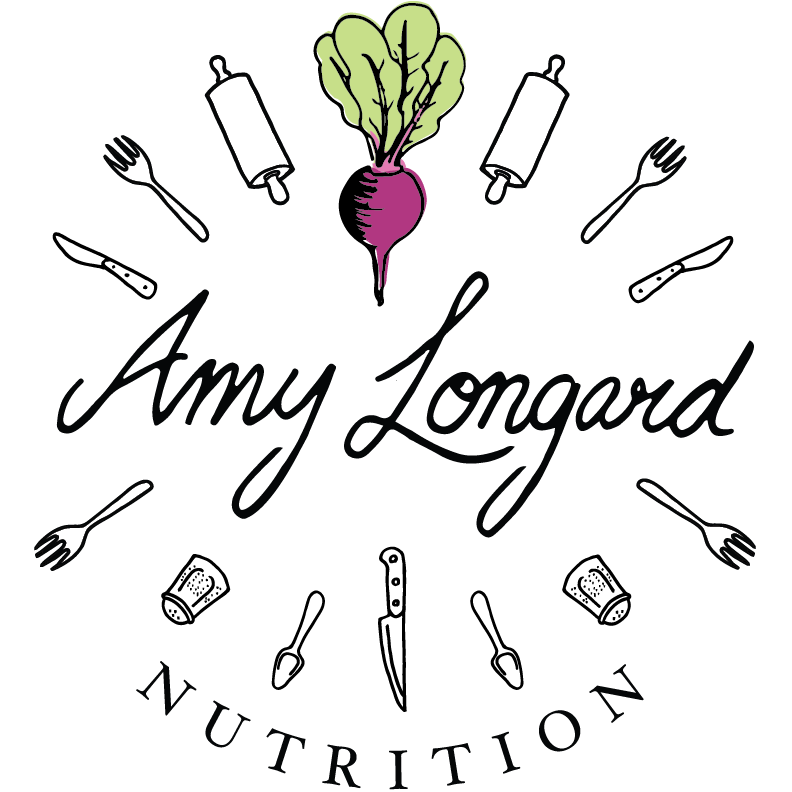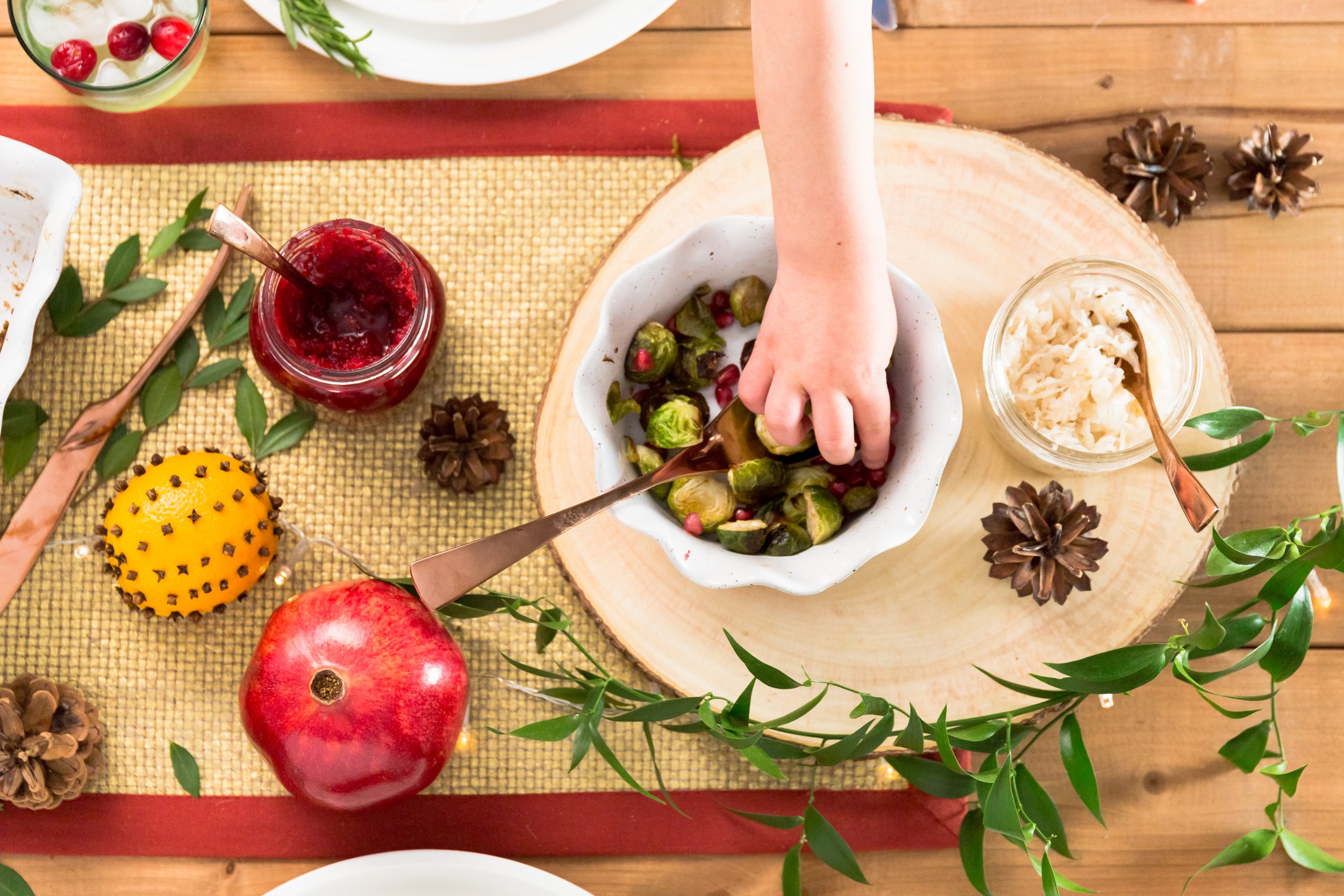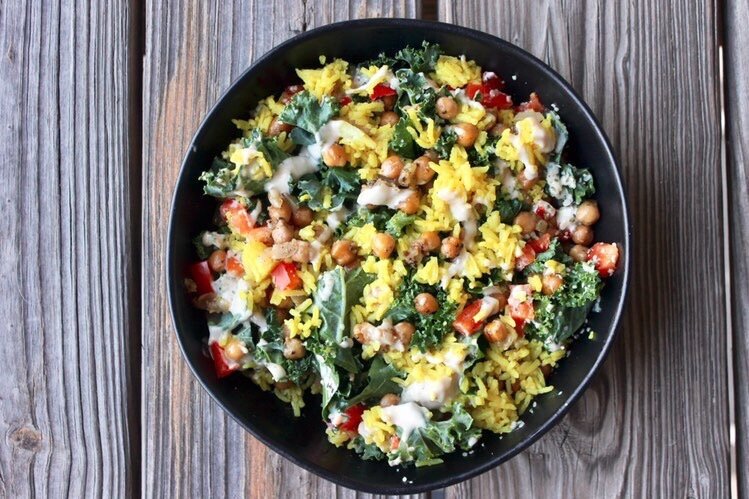What I ate in Dominican Republic
I’m back from an amazing week in Dominican Republic with my family and my sister’s family. We stayed at Dreams Royal Beach, an all-inclusive resort in Punta Cana, and when I was posting stories from my trip on Instagram the most common question I had was “did you manage to find decent plant-based food?”
For context, as trained chef and someone who LOVES food, I don’t go to an all-inclusive resort with high-hopes or any expectation of a Michelin star culinary experience. These resorts prepare massive quantities of food for hundreds (if not thousands) of people on a daily basis, it’s simply not realistic to expect the BEST food when it’s being prepared in this way. When planning our family trips, our goal is to spend time together in a warm climate, with pools and beaches, away from our busy lives, and we don’t want worry about cooking, cleaning or laundry for a few days. If the food is decent, that’s a big bonus!
While in DR we didn't starve by any means, in fact we were able to fill our plates at practically every meal with plant-based fare. Typically, we’d have breakfast at the buffet, then lunch at the buffet again or at the little restaurant on the beach, and for dinner we’d try out one of the many restaurants. Below are a few examples of what I’d typically eat in a day:
In the first photo you’ll see one of my favourite light breakfasts: muesli with soy milk and fresh fruit. I ate this many times over the course of the week, usually with a fresh fruit juice or green juice. Then in the next few photos you’ll see examples of what I might eat for breakfast, lunch, or dinner depending on the day. As you can see rice and beans are a staple. I was really into papaya and passion fruit this trip so I’d eat them at almost every meal. We also found lots of stewed, roasted and sautéed vegetables to enjoy; particularly eggplant, peppers, mushrooms and potatoes (roasted potatoes and hash browns). Corn on the cob, plantains and yuca were common at the buffets as well. We’d fill up on fresh veggies from the salad bar, pickled jalapeños, and olives. The buffet sometimes had little stations with all the fixings for nachos or tacos with pickled onions, guacamole, salsa (pico and salsa verde), etc. One night we had veggie sushi and spring rolls at the buffet. We ate french fries a few times as they were available at the beach. There was also a variety of non-dairy milks (soy, oat, almond and rice) at the buffet, coffee shop and restaurants, and most vegetarian/vegan items were labeled as such.
All in all, the food was okay. I really loved the fresh fruit and Dominican coffee — those were truly the highlights for me! After a week away, I was definitely ready to come back to my own home cooking.
If you plan to go to an all-inclusive resort in the near future, here are my tips to optimize plant-based eating:
Research Vegan-Friendly Resorts: I did a lot of research on TripAdvisor and in Facebook groups to find out what was available at the resort prior to booking. I knew that the resort was a bit smaller and that the food options would be somewhat limited, so my expectations were realistic going into it.
Explore Local Cuisine: While Dominican cuisine is known for its emphasis on meat and seafood, there are still vegan-friendly options available. If you plan to visit the DR, look for dishes like rice and beans (without lard or meat), tostones (fried plantains), yuca, salads, and sautéed and stewed veggies. No matter where you travel, you’ll find certain elements of the local cuisine that is, or can be easily modified to be, plant-based.
Communicate Dietary Restrictions: When dining out, communicate your dietary restrictions clearly to the restaurant staff. They may be able to accommodate your needs or suggest suitable dishes. We did find that there was a language barrier at times so I’m glad I knew how to say “sin carne" (no meat) and “sin queso" (no cheese) in Spanish. That helped a lot! However, saying "vegano" or "vegana" (meaning vegan in Spanish) doesn’t always fly as people have different interpretations of what that means.
Check Menus in Advance: Before visiting a restaurant, check their menu online or call ahead to inquire about vegan options. For the buffet at our resort the menu changed daily so we couldn’t really plan ahead. However, we went to several of the resort restaurants and we used the resort’s app to check the menus in advance. Luckily all the restaurants had one or more decent vegan options!
By being proactive and resourceful can go a long way in helping you enjoy plant-based eating when you travel. In my research I’ve come across quite a few vegan friendly friendly resorts and accommodations in all corners of the globe.
We’re thinking of doing something different next year. Perhaps a small family friendly resort or accommodation in Mexico or Costa Rica. I’d love stay close to a beach, have access to a pool, and be able to enjoy delicious, healthy plant-based meals either onsite or at nearby restaurants or grocery stores. If you know of anything that fits my requirements, please share below in the comments.




























